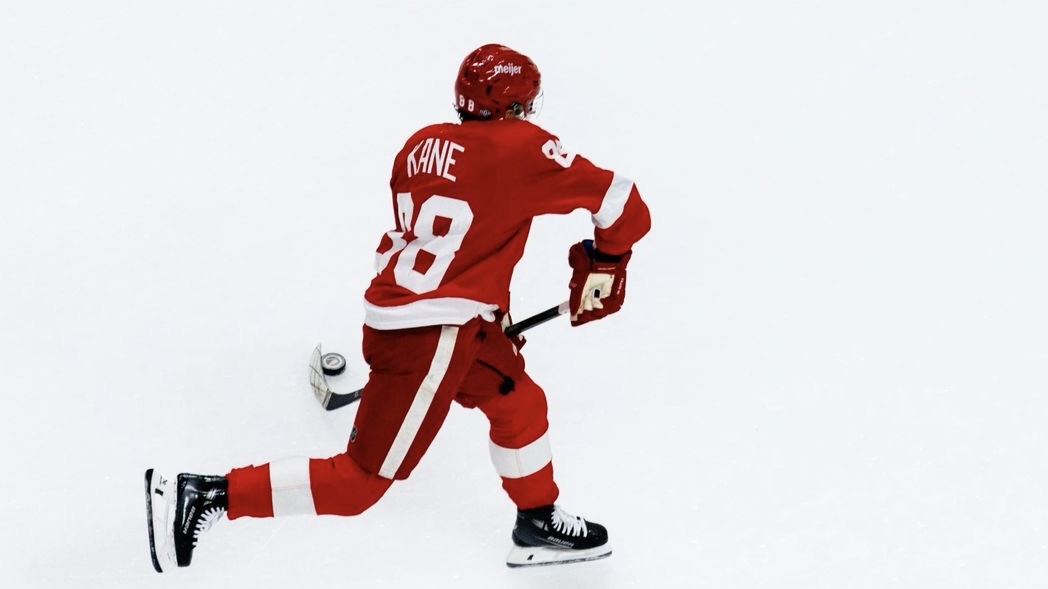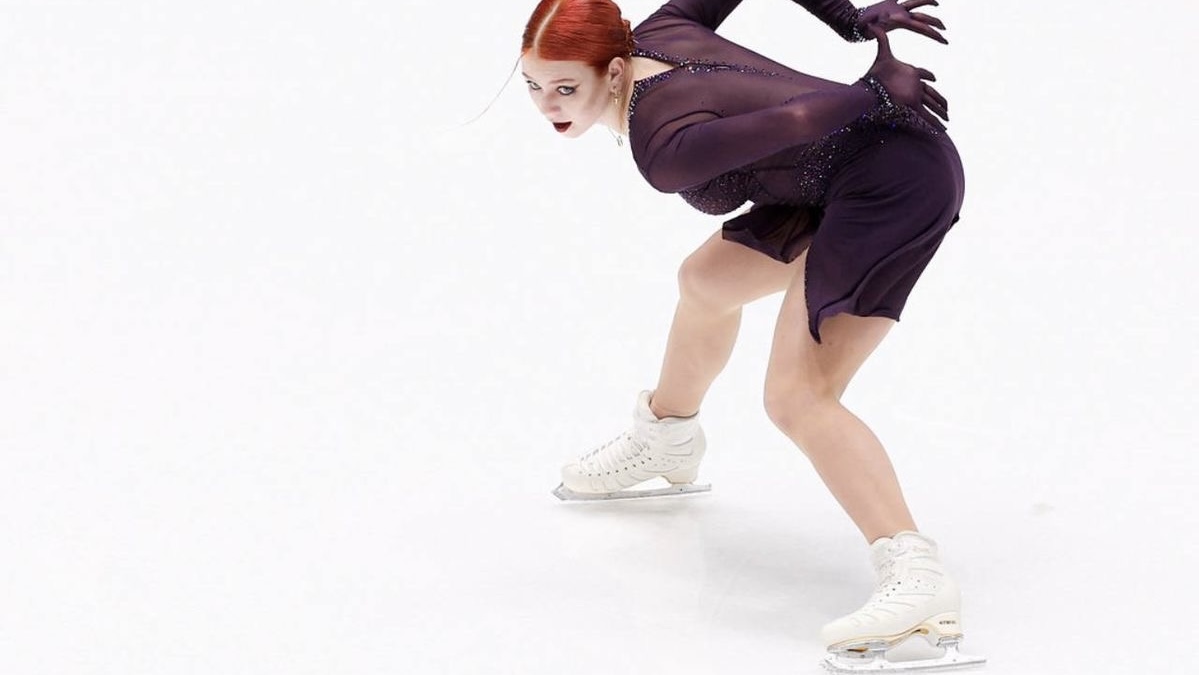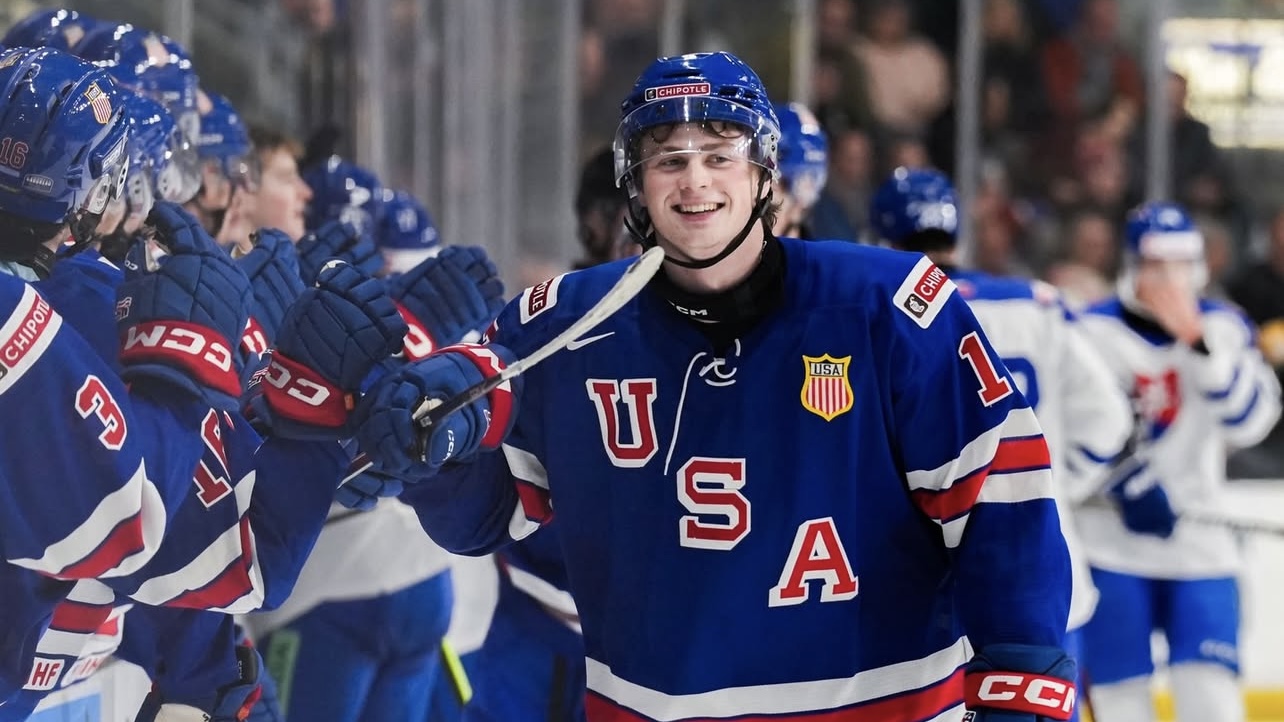January 15, 2025
Alexandra Trusova Expecting a Child
May 14, 2025

Ice hockey is a physically intense sport that demands strength, speed, endurance, and agility to excel on the ice. While on-ice practice sharpens skating and puck-handling skills, off-ice training is essential for building the athletic foundation that drives peak performance. A 2019 Journal of Strength and Conditioning Research study found that structured off-ice training improves skating speed by 8% and shot power by 10% in hockey players. Determining the right frequency for off-ice training is crucial to maximize gains while avoiding burnout or injury. Drawing on sports science and insights from NHL stars, this article explores how often ice hockey players should engage in off-ice training, offering tailored recommendations for different levels and seasons.
Off-ice training focuses on enhancing physical attributes like strength, cardiovascular fitness, explosive power, and flexibility, all of which translate to better on-ice performance. A 2020 Journal of Sports Sciences study noted that off-ice training boosts anaerobic power by 12%, vital for the quick bursts and physical confrontations in hockey. It also reduces injury risk by 15%, as a stronger, more resilient body better handles the sport’s demands. The frequency of off-ice training varies based on a player’s level (youth, amateur, or professional), training phase (off-season, pre-season, or in-season), and recovery needs, ensuring a balance between effort and rest.
The off-season, typically 3–4 months, is the prime time to build a strong physical base. A 2018 Journal of Sports Medicine study recommends 4–5 off-ice sessions weekly for optimal progress, focusing on developing strength and power. Each session should last 60–90 minutes, with a mix of strength-focused and cardio-based training, leaving 1–2 days for rest or light recovery to prevent overtraining.
Connor McDavid’s Approach: Edmonton Oilers star Connor McDavid, renowned for his speed, emphasizes off-season off-ice training. In a 2023 interview, McDavid shared that he trains five days a week during the off-season, prioritizing strength and conditioning. “Summer is for getting stronger,” he said. His routine, balancing intense training with recovery, helped him achieve a 153-point 2023 NHL season, showcasing how consistent off-ice work enhances on-ice dominance.
The pre-season, lasting 6–8 weeks before the season, focuses on sport-specific conditioning to prepare for on-ice demands. A 2021 Journal of Strength and Conditioning Research study suggests 3–4 off-ice sessions weekly, targeting power and agility. Sessions should last 45–75 minutes, with at least two rest or recovery days to complement increasing on-ice practices.
Hilary Knight’s Strategy: U.S. women’s hockey star Hilary Knight, a nine-time world champion, refines her pre-season with off-ice training. In a 2024 interview, Knight described her four-day weekly routine, focusing on power and mobility. “Pre-season sharpens you for the ice,” she said. Her balanced approach supported her 2022 Olympic silver medal performance, highlighting the importance of aligning off-ice frequency with game readiness.
During the season, with games and on-ice practices dominating schedules, off-ice training shifts to maintaining fitness and preventing fatigue. A 2020 Journal of Sports Sciences study recommends 2–3 off-ice sessions weekly, each 30–60 minutes, focusing on maintaining strength and flexibility to support recovery. Avoiding intense sessions on game days is key to managing energy levels.
Sidney Crosby’s Routine: Pittsburgh Penguins captain Sidney Crosby, a three-time Stanley Cup winner, follows a disciplined in-season off-ice schedule. In a 2021 interview, Crosby shared that he trains three days a week during the season, emphasizing maintenance and mobility. “It’s about staying fresh for games,” he said. His approach contributed to his 90-point 2022–23 season at age 35, proving that moderate off-ice training sustains elite performance.
For youth players (ages 8–16), off-ice training should focus on developing fundamental movement and preventing injuries, avoiding heavy intensity. A 2019 Journal of Pediatric Orthopaedics study advises 2–3 sessions weekly, 30–45 minutes each, to support growth and coordination. Rest days are critical to protect developing bodies from overuse injuries.
General Guidance: Former NHL player and youth coach Mike Weaver, in a 2023 interview, stressed balanced training for young players. “Two or three off-ice days keep kids strong without exhausting them,” he said. Weaver’s approach, used with his youth teams, fosters skills that enhance on-ice confidence while prioritizing recovery, ensuring long-term development.
Across all training phases, dedicated recovery and flexibility work enhances performance and prevents injuries. A 2018 Journal of Dance Medicine & Science study found that weekly flexibility training reduces muscle soreness by 12% and improves joint mobility by 10%. Players should incorporate 1–2 sessions of recovery-focused activities, such as stretching or light movement, weekly, ideally 15–30 minutes, either separately or as active recovery.
Patrick Kane’s Insight: Former Chicago Blackhawks star Patrick Kane, a three-time Stanley Cup champion, values flexibility training. In a 2022 interview, Kane noted that two weekly flexibility sessions keep his body agile, aiding his quick movements on the ice. “Mobility is my edge,” he said. His routine, which supported his 92-point 2022–23 season, underscores the importance of recovery work for all players, complementing other training.
Off-ice training is vital for ice hockey players, enhancing strength, speed, and resilience when done at the right frequency. Off-season requires 4–5 sessions weekly to build a foundation, pre-season needs 3–4 to sharpen skills, in-season calls for 2–3 to maintain fitness, and youth players benefit from 2–3 for development. Adding 1–2 recovery sessions supports longevity. The practices of Connor McDavid, Hilary Knight, Sidney Crosby, and Patrick Kane show how tailored off-ice training fuels success. Hockey players, evaluate your schedule, prioritize recovery, and work with coaches to find your ideal frequency. With the right balance, your off-ice efforts will elevate your game, helping you excel on the rink.
By Vitalina Andrushchenko, Staff Writer

January 15, 2025
Alexandra Trusova Expecting a Child

April 05, 2025
Alexandra Trusova and Makar Ignatov Reveal the Gender of Their Future Child

December 26, 2024
2025 World Junior Championship Schedule